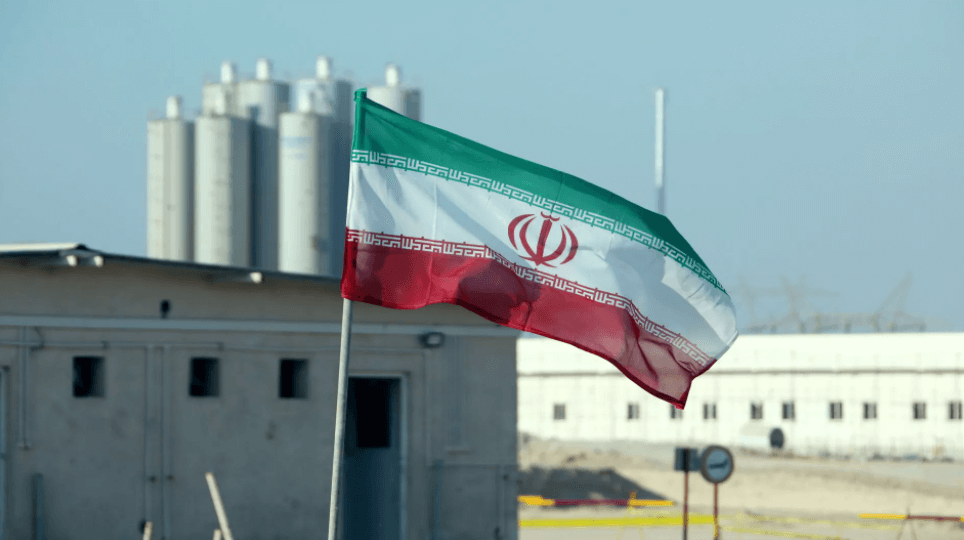The International Atomic Energy Agency (IAEA) has installed cameras at a newly opened centrifuge workshop in Iran’s underground Natanz nuclear facility. However, Tehran stated it will not allow the nuclear watchdog to access footage from the cameras until the 2015 nuclear deal, formally known as the Joint Comprehensive Plan of Action (JCPOA), is completely restored.
The IAEA reported on Thursday that Iran began operating a new centrifuge workshop amid ongoing negotiations in Vienna to restore the JCPOA. Tehran told the IAEA earlier this month that it was opening a centrifuge parts production workshop at Natanz after an alleged Israeli “sabotage” of the Karaj workshop in June last year.
Assuming reports that Iran will be allowed to retain its advanced machines in storage under a deal are accurate, this could (emphasis on could) allow them increase that stockpile further as talks drag on. Can’t imagine that won’t bear on breakout timeline.
— Eric Brewer (@BrewerEricM) April 14, 2022
The agency also said last week that Iran had set up another centrifuge facility in the Isfahan Province.
Iran has blamed Israel for an attack on its Karaj facility that caused significant damage and destroyed one of the four cameras installed. Following the attack, Iran stopped all activities at Karaj.
In the latest report, the IAEA said that it completed installing surveillance cameras in the facility and removed the seals from the centrifuges. The IAEA did not specify the type of centrifuges nor did it mention where exactly the location of the workshop was at the nuclear site.
Iran’s permanent representative to the IAEA, Mohammad Reza Ghaebi, later confirmed that cameras were installed. However, he said that the watchdog will not be allowed to access footage from the surveillance cameras “until Iran resumes full compliance with the JCPOA.”
Ghaebi added that the machines have become operational and will be used to “produce pipes, bellows and rotors of centrifuges, he added.” He said that Iran had informed the IAEA in accordance with the terms set by the JCPOA, which calls on Iran to inform the organisation of the latest developments on Iranian nuclear activities.
Following the attack on the Karaj facility, Tehran ended the IAEA’s access to camera footage. In August 2021, Iran started ramping up the production of advanced centrifuges in Karaj to increase its uranium enrichment, complicating efforts to revive the 2015 nuclear deal.
According to the 2015 deal, Iran agreed to the Additional Protocol (AP) agreement, which gave the IAEA access to hundreds of thousands of images captured daily by cameras installed in Iranian nuclear sites. Following former United States (US) President Donald Trump’s unilateral withdrawal from the JCPOA in 2018 and the re-imposition of economic sanctions on Iran, the country’s lawmakers approved a plan to suspend the implementation of the AP in 2020.
Ongoing talks in Vienna to revive the JCPOA have continued for over a year with little progress to show. Iran has called on the US to remove all sanctions, including non-nuclear ones, as a precondition for it to resume full compliance with the 2015 nuclear deal. However, Washington has been unwilling to accede to Tehran’s demands, as it accuses the latter of not taking enough steps to curtail its nuclear programme.
According to a report by the IAEA in March, Iran has continued to increase its production of enriched uranium using advanced centrifuges. It said that Iran’s current uranium stockpile of 3197.1 kilogrammes was substantially larger than the 300-kilogramme limit set by the JCPOA.
Furthermore, the agency noted that Iran has 33.2 kilogrammes of 60% enriched uranium, which is around three-quarters of the amount needed to produce one nuclear weapon. According to the IAEA, a country needs 25 kilogrammes of 90% enriched uranium to manufacture a nuclear bomb and Iran could easily enrich its existing stockpile to the levels needed to produce a weapon.

